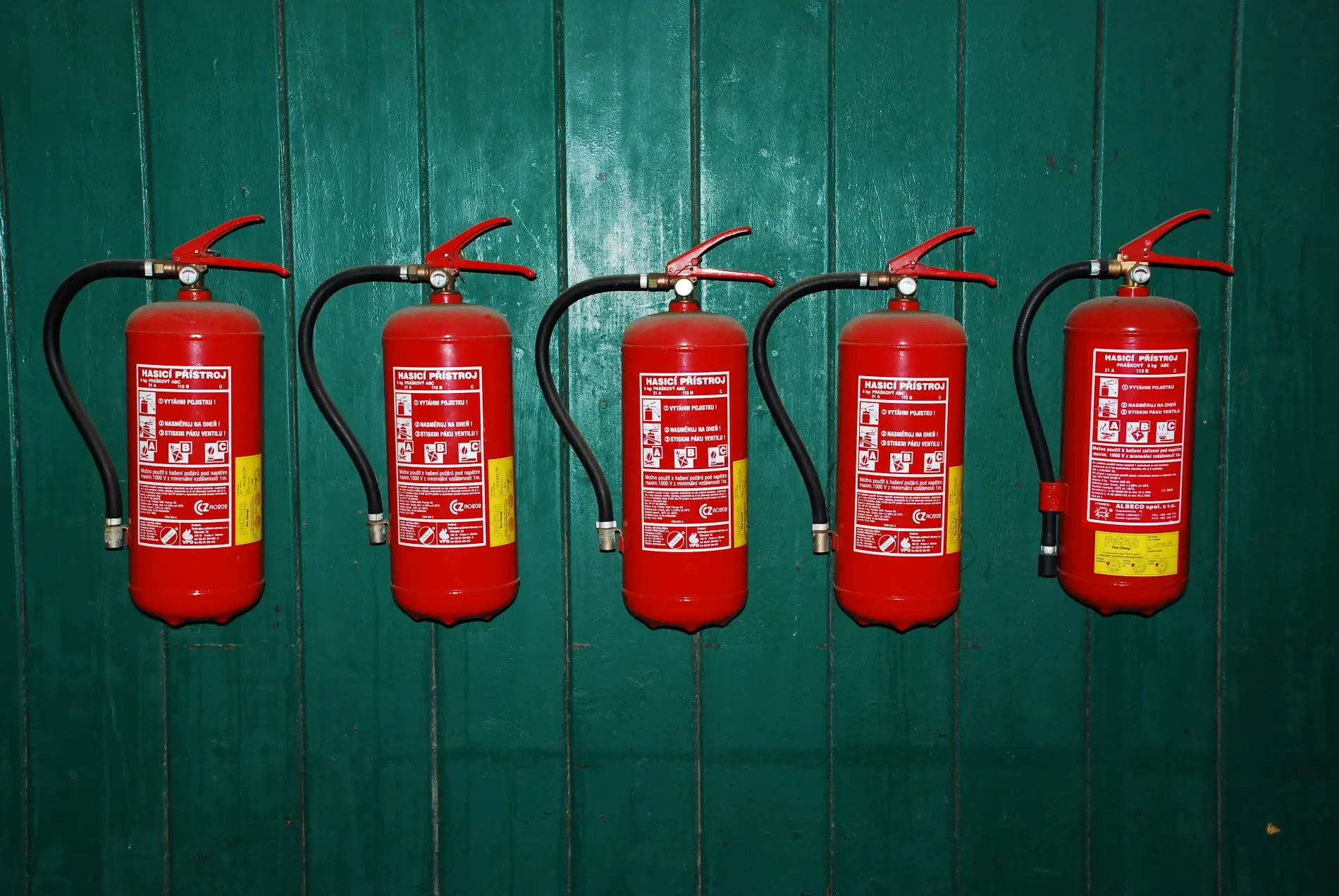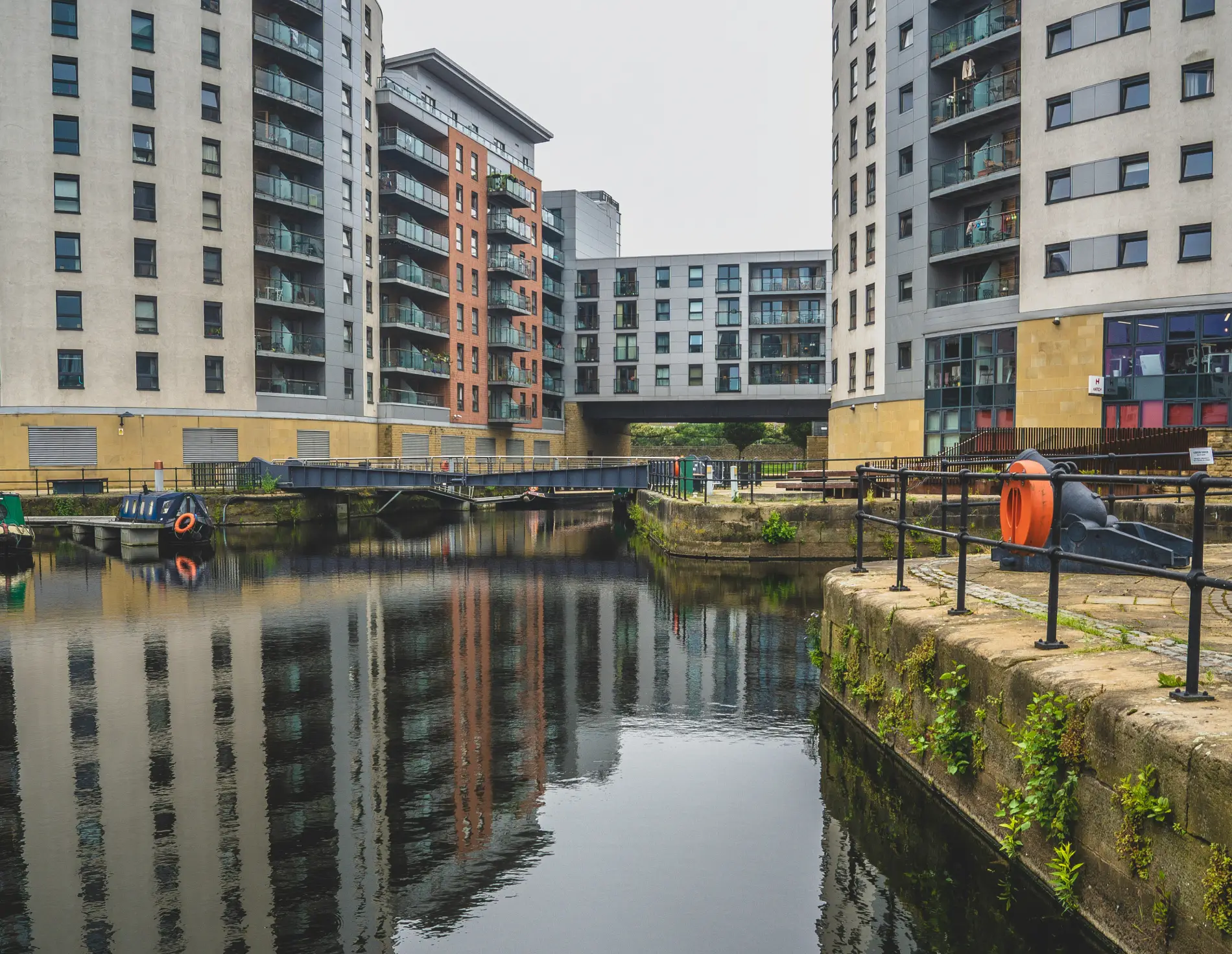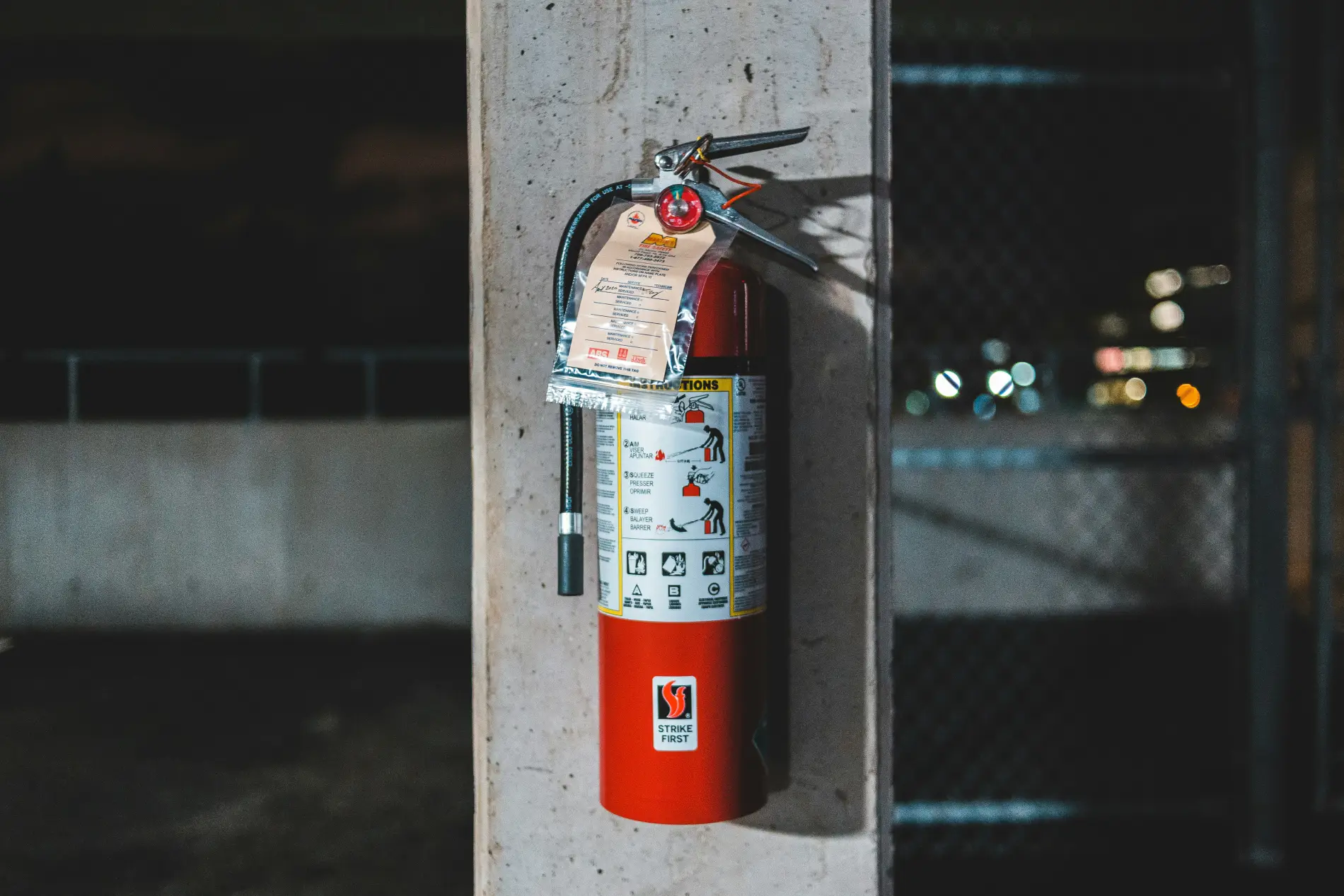Essential Fire Safety for Hospitality Environments

When managing a hotel or restaurant, guest experience tends to take centre stage. But, behind every great visit is an even more important responsibility: ensuring the safety of everyone on the premises. In the event of a fire, your team must be prepared - and your systems must perform.
Two of the most important elements of any fire protection plan in the hospitality sector are often the most overlooked: a thorough fire risk assessment, and clear, compliant fire safety signage. Both of these are absolutely essential, not only for building compliance, but for protecting lives, avoiding disruption and maintaining your reputation as a safe and responsible business.
Why Fire Protection in Hospitality Requires Extra Attention
Whilst every building comes with its own unique set of fire safety requirements, hospitality venues such as hotels, guesthouses and restaurants have unique risk profiles. High guest turnover, transient occupancy, unfamiliarity with the layout, varied fire hazards, and a mix of sleeping, dining, entertainment and food preparation areas all increase the complexity of fire safety planning.
The building occupants also add to this complexity. Guests are often unaware of emergency procedures. Staff may be working night shifts or spread across departments. And, of course, the buildings themselves (listed, extended or repurposed) can present challenges when it comes to compartmentation and escape routes. It’s all of these factors that make fire risk assessments and proper signage absolute necessities.
Understanding Fire Risk Assessments in Hospitality Settings
A fire risk assessment (FRA) is a legal requirement under the Regulatory Reform (Fire Safety) Order 2005 for all non-domestic premises. In hotels and hospitality venues, the responsibility for carrying this out falls to the designated Responsible Person - this is typically the owner, general manager or facilities manager.
A professional fire risk assessment will identify any potential fire hazards, evaluate risks posed to both guests and staff, and recommend control measures to reduce or remove those risks.
It’s important to remember that this isn’t just a box-ticking exercise. Your building’s fire risk assessment should be a live document that reflects the day-to-day operation of your venue and changes over time as your building, staff or occupancy patterns evolve.
What Does a Fire Risk Assessment Involve?
A thorough fire risk assessment for a hospitality venue will typically include:
- Identification of fire hazards such as faulty wiring, cooking equipment, portable heaters, smoking areas, and flammable materials (e.g. decorations, linens, furniture).
- Evaluation of who is at risk - not just staff and guests, but contractors, suppliers, or individuals with mobility issues.
- Assessment of existing fire safety measures, including alarm systems, extinguishers, signage, lighting, and riser systems.
- Review of escape routes to ensure they are clear, signposted and suitable for the number and type of occupants.
- Recommendations to reduce or remove risks, such as replacing equipment, adding fire-resistant materials, improving training, or updating signage.
- Record-keeping and a plan for regular reviews - typically annually or whenever a significant change occurs in the building or how it’s used.
Fire Safety Signage: Clear, Compliant and Non-Negotiable
In an emergency, especially one involving fire, clear signage can save lives. When panic sets in or visibility is low, guests and staff must be able to understand and follow exit signage quickly - even if they’ve never been in the building before.
Signage is one of the most simple yet effective tools in your fire protection strategy - but it’s only effective when it’s compliant, properly located, and well maintained.
What Does Fire Safety Signage Include?
In hospitality settings, fire safety signage typically covers:
- Fire Exit Signs – directing people towards the nearest escape route. These must be visible from any point in the corridor or room, and clearly lead to the final exit.
- Fire Action Notices – outlining what to do in the event of a fire. These should be positioned in guest rooms, staff areas, and near call points.
- Extinguisher Identification Signs – indicating the type of extinguisher and the kinds of fires it can be used on. These are essential for quick, correct usage.
- Call Point and Alarm Signage – showing the location of manual fire alarms or emergency call points.
- No Smoking / Fire Door Notices – reinforcing key safety policies and the function of fire doors.
For signage to be effective, it needs to be universally understood. That means using BS EN ISO 7010-compliant symbols, consistent colours, and positioning signs at eye level and along all relevant escape routes.
Common Mistakes Found in Hospitality Venues
Despite being a legal requirement, poor signage remains one of the most common issues identified during fire risk assessments in hospitality venues. It’s not unusual to find signs obscured by furniture or decorative elements, unclear or inconsistent directions along escape routes, and missing signage in critical areas such as kitchens, back-of-house spaces, or basements.
In some instances, the signs in place are outdated or fail to meet current compliance standards, using non-approved symbols or inadequate designs. Another frequent issue is signage that isn’t illuminated or visible during a power outage, which can pose a serious risk during an evacuation.
Why These Two Elements Go Hand-in-Hand
Your signage is only as effective as the fire risk assessment that informs it. Likewise, even the most detailed risk assessment will fall short if guests can’t follow the correct escape route when it matters.
Together, these two essential elements create a culture of safety in your venue. They’ll also form part of the legal evidence you’ll need in the event of a fire or inspection, to show that you’ve taken proactive, responsible steps to reduce risk. In a hospitality setting, where the building may change with the seasons and guest demographics vary daily, this joined-up approach is more important than ever.
Keep Your Venue Safe
Fire protection in hospitality settings is about more than compliance. It’s about creating a secure, reassuring environment for your guests, your staff, and your business to thrive.
A properly conducted fire risk assessment, combined with clear, visible signage, form the foundation of your building’s safety. And by partnering with the right fire protection company, maintaining those standards becomes part of your every day operations. Contact Magni Fire today and speak to our expert team about keeping your hospitality venue safe, compliant and protected.




